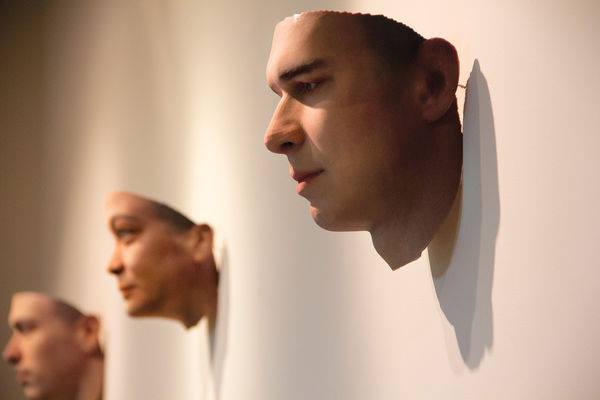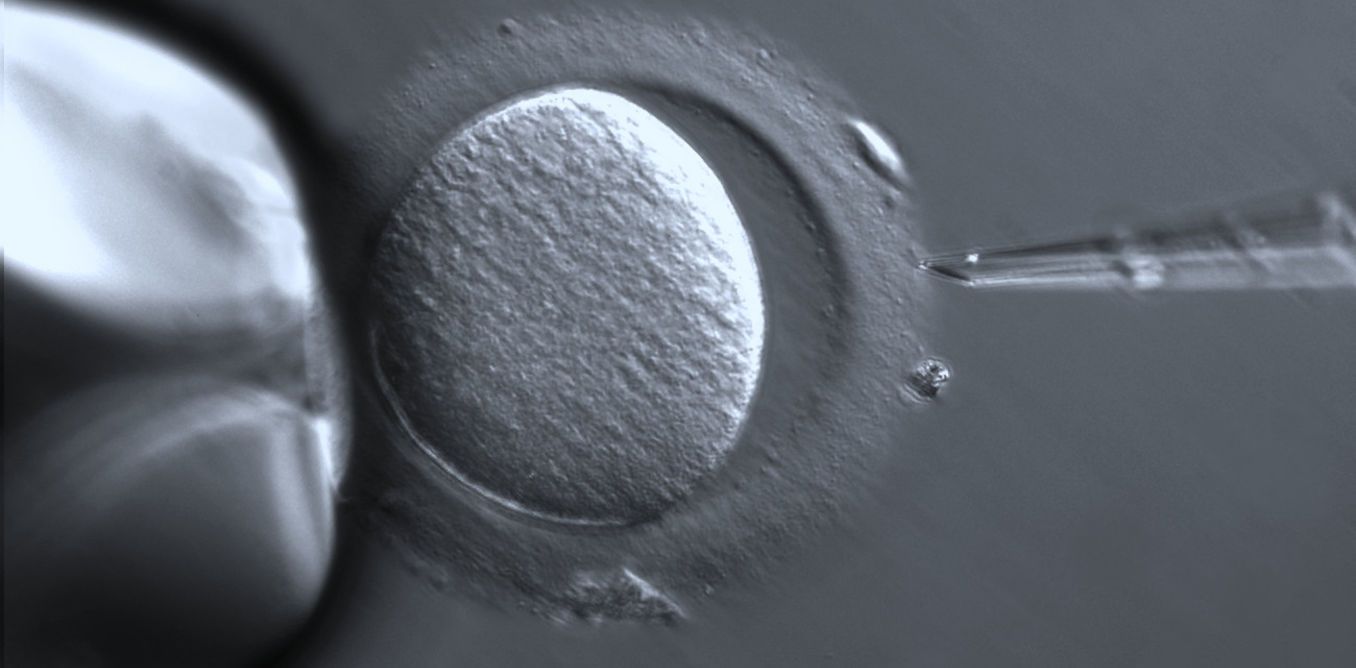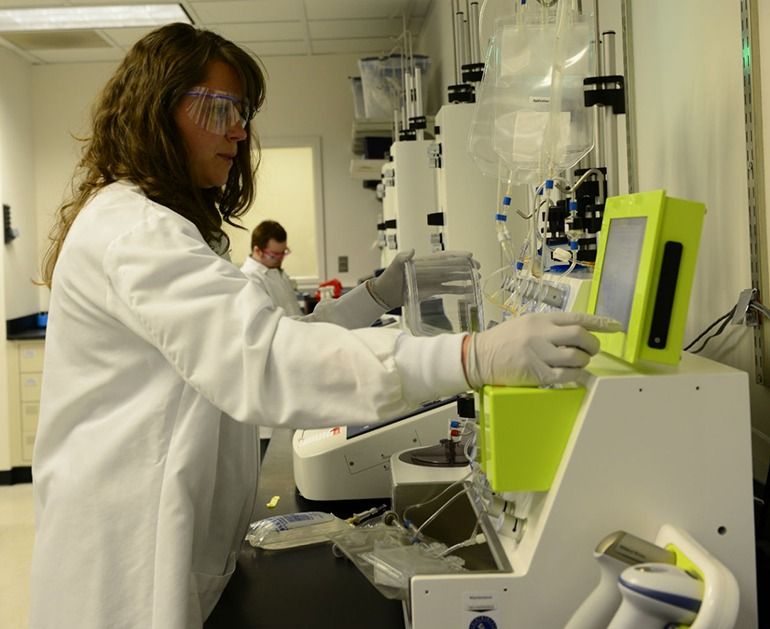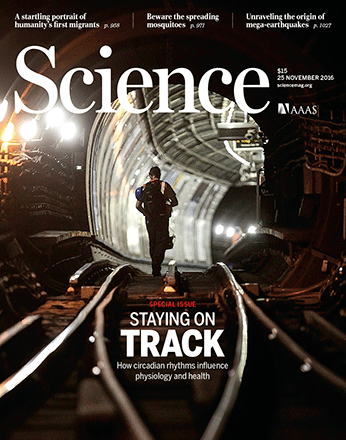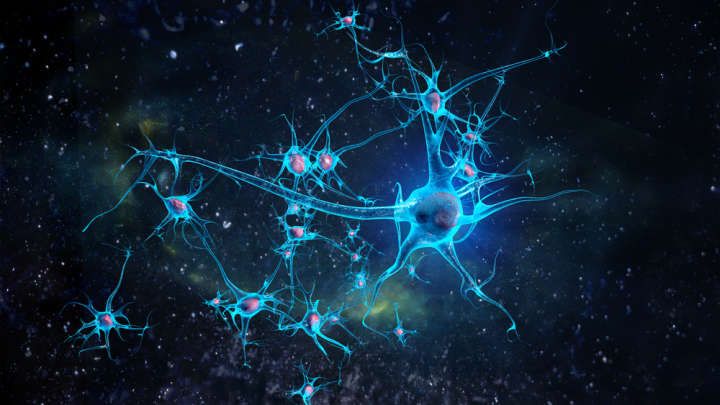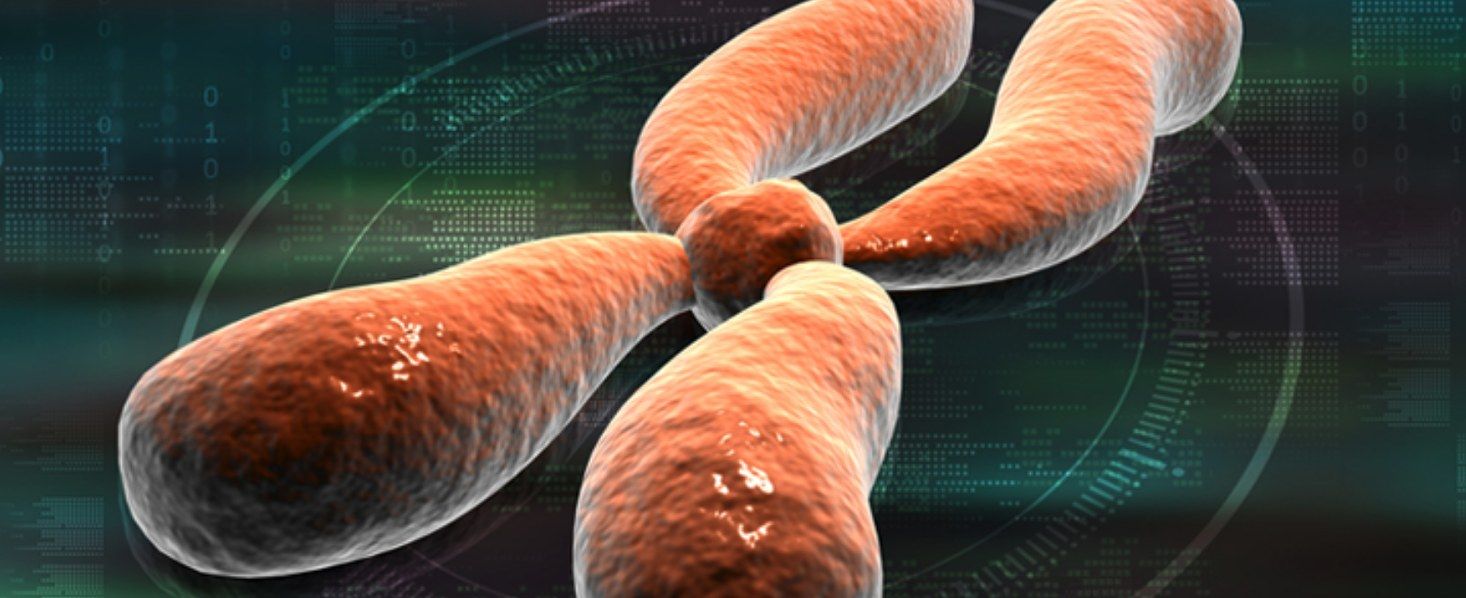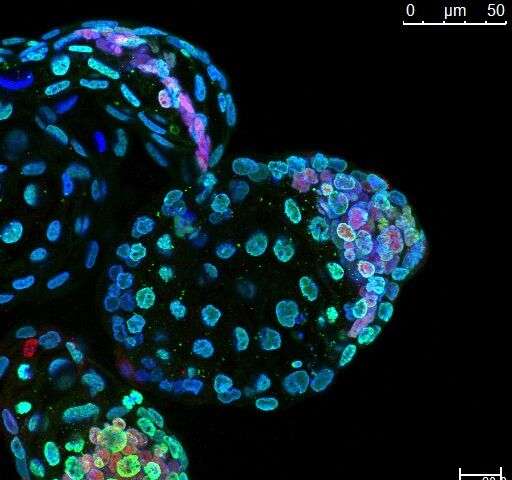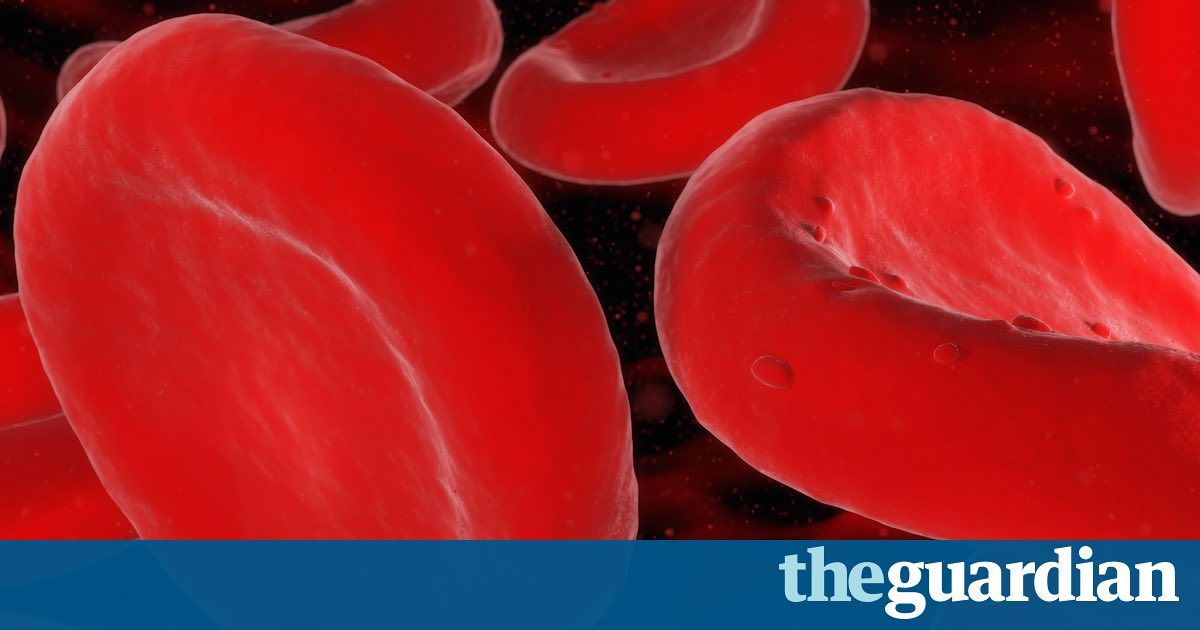Archive for the ‘biotech/medical’ category: Page 2586
Nov 27, 2016
The next frontier in reproductive tourism? Genetic modification
Posted by Carse Peel in categories: biotech/medical, genetics, law
The birth of the first baby born using a technique called mitochondrial replacement, which uses DNA from three people to “correct” an inherited genetic mutation, was announced on Sept. 27.
Mitochondrial replacement or donation allows women who carry mitochondrial diseases to avoid passing them on to their child. These diseases can range from mild to life-threatening. No therapies exist and only a few drugs are available to treat them.
There are no international rules regulating this technique. Just one country, the United Kingdom, explicitly regulates the procedure. It’s a similar situation with other assisted reproductive techniques. Some countries permit these techniques and others don’t.
Continue reading “The next frontier in reproductive tourism? Genetic modification” »
Nov 27, 2016
Artificial Humans Could Be Even More Realistic With These New Nylon Muscles
Posted by Klaus Baldauf in categories: biotech/medical, robotics/AI

Scientists have developed a new type of artificial muscle fibre based on nylon, which could one day render our future robot companions more realistic than ever.
Unlike previous synthetic muscles, this technology is cheap and simple to produce, which makes it a better option if we want our droids to be able to flex, move, and repair themselves in much the same way as flesh-and-blood people.
Continue reading “Artificial Humans Could Be Even More Realistic With These New Nylon Muscles” »
Nov 27, 2016
A Semi-Automated Benchtop System to Produce Genetically Modified Stem Cells: Interview with Professor Jennifer Adair
Posted by Steve Hill in categories: biotech/medical, genetics, life extension, robotics/AI
New technology driving down the cost of research and therapies!
New technology arriving that will help drive down the costs of gene therapies.
“The researchers were able to use a closed, semi-automated benchtop system to produce genetically-modified HSCs in just one night and hope that such systems will increase the availability and affordability of cell therapies”.
Nov 27, 2016
Tissue damage and senescence provide critical signals for cellular reprogramming in vivo
Posted by Steve Hill in category: biotech/medical
More developments in senescent cell signalling published this month.
Differentiated cells in a culture dish can assume a new identity when manipulated to express four transcription factors. This “reprogramming” process has sparked interest because conceivably it could be harnessed as a therapeutic strategy for tissue regeneration. Mosteiro et al. used a mouse model to study the signals that promote cell reprogramming in vivo. They found that the factors that trigger reprogramming in vitro do the same in vivo; however, they also inflict cell damage. The damaged cells enter a state of senescence and begin secreting certain factors that promote reprogramming, including an inflammatory cytokine called interleukin-6. Thus, in the physiological setting, cell senescence may create a tissue context that favors reprogramming of neighboring cells.
Nov 26, 2016
The Membranes Covering The Brain Are Loaded With Neuronal Stem Cells
Posted by Karen Hurst in categories: biotech/medical, neuroscience
For many years, scientists believed that our brains were unable to produce new neurons once we had been born, and that we all had to make do with the brain cells we started life with. Later, it became clear that new brain cells are in fact created in some key brain regions, replacing those that become damaged and protecting us from dementia. Now, researchers have discovered that the stem cells giving rise to these neurons originate in the membranes encasing the brain, known as the meninges.
Publishing their findings in the journal Cell Stem Cell, the authors claim that their discovery of this source of stem cells could one day lead to new treatments for brain damage or neurodegenerative disorders.
Most neurogenesis in the adult brain occurs in a region called the hippocampus, where the creation of new brain cells ensures our memories remain in working order as we age. The meninges penetrate the brain at every level, encapsulating a number of different regions, including the hippocampus.
Continue reading “The Membranes Covering The Brain Are Loaded With Neuronal Stem Cells” »
Nov 26, 2016
Human cells with ‘built-in circuit’ can kill cancer cells
Posted by Karen Hurst in categories: bioengineering, biotech/medical, genetics
I have been evangelizing this for a while and glad to see others chiming in.
London, Nov 26 (IANS) Researchers have engineered cells with a “built-in genetic circuit” that produces a molecule that impairs the ability of cancer cells to survive and grow in their low oxygen environment.
The genetic circuit produces the machinery necessary for the production of a compound that inhibits a protein which has a significant and critical role in the growth and survival of tumours.
Continue reading “Human cells with ‘built-in circuit’ can kill cancer cells” »
Nov 26, 2016
New Technique Can Potentially Help Slow And Reverse An Important Cause Of Aging
Posted by Shane Hinshaw in categories: biotech/medical, engineering, life extension
Led by Nikolay Kandul, senior postdoctoral scholar in biology and biological engineering in the laboratory of Professor of Biology Bruce Hay, the team developed a technique to remove mutated DNA from mitochondria, the small organelles that produce most of the chemical energy within a cell. A paper describing the research appears in the November 14 issue of Nature Communications. There are hundreds to thousands of mitochondria per cell, each of which carries its own small circular DNA genome, called mtDNA, the products of which are required for energy production. Because mtDNA has limited repair abilities, normal and mutant versions of mtDNA are often found in the same cell, a condition known as heteroplasmy.
Nov 26, 2016
Researchers put mouse embryos in suspended animation
Posted by Steve Hill in categories: biotech/medical, life extension
Hitting the pause button on development in embryos has implications for understanding aging.
UC San Francisco researchers have found a way to pause the development of early mouse embryos for up to a month in the lab, a finding with potential implications for assisted reproduction, regenerative medicine, aging, and even cancer, the authors say.
The new study—published online November 23, 2016 in Nature —involved experiments with pre-implantation mouse embryos, called blastocysts. The researchers found that drugs that inhibit the activity a master regulator of cell growth called mTOR can put these early embryos into a stable and reversible state of suspended animation.
Continue reading “Researchers put mouse embryos in suspended animation” »
Nov 26, 2016
Scientists to ‘reset’ blood proteins in attempt to slow ageing process
Posted by Steve Hill in categories: biotech/medical, life extension
Progress towards making a blood scrubber to calibrate the pro aging factors in blood. Irina Conboy has spent the last 20 years working on parabiosis and signalling factors in blood and this is yet another step forward for their research.
Whilst many are seeking the secret sauce in young blood the data suggests it is much more likely the case that old blood contains too many pro-aging factors eg, TGF-beta, TNF-a, IL-6, CD38 etc… The aim is now to filter old blood and calibrate such factors in order to promote a pro-youthful signalling environment. If only this device was small enough to wear or implant.
In what could be a fresh chapter in the never-ending story of the search for eternal youth, scientists are to tinker with people’s blood in the hope of slowing down the ageing process and preventing age-related diseases.
Continue reading “Scientists to ‘reset’ blood proteins in attempt to slow ageing process” »
